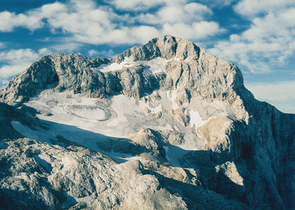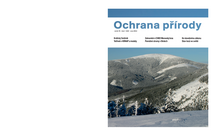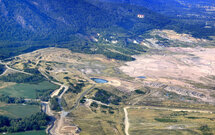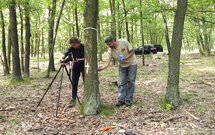Nature Conservation 3/2008 — 24. 6. 2008 — International Nature Conservation
Landscape Features of the Triglav National Park (Slovenia)

The article presents a huge range of various landforms in the Triglav National Park, protecting a significant part of the Julian Alps in Slovenia.
The park was named after Mt. Triglav, the highest mountain in the heart of the protected area, which also is the highest summit and a national symbol of Slovenia, reaching 2,864 m above sea level. The only national park in the country was declared in 1981 and covers 848 km2. It harbours many threatened, rare and endemic wildlife species including relics. The core of the park consists of all the high mountain crests, peaks and glacier valleys. The relief of the Julian Alps on the Triassic limestones is very broken with numerous features of the glacial and kryogenic relief. The fluvial erosion has resulted in scenic gorges and a series of waterfalls. The most famous Slovenian protected area is exceptionally rich in various karst phenomena, including a special type of the Alpine karst (various types of lapies, kotliči – snow kettles, caves, abysses, etc.), rock perforations (windows, gates, arches) and other landforms. A part of the Triglav National Park, e.g. the Bohijn Lake and it surroundings has been included into the European Community's Natura 2000 network.
Název připojené galerie
Quisque egestas velit non nulla fermentum, aliquet pharetra nunc malesuada. Nullam molestie vel diam non tincidunt. Sed pulvinar lacinia nunc et consectetur. Duis varius leo ac ex scelerisque, ullamcorper eleifend massa consectetur. Nullam in metus ac arcu pellentesque venenatis ac id lorem. Nulla nec ipsum sed enim sodales blandit a sit amet ex.





